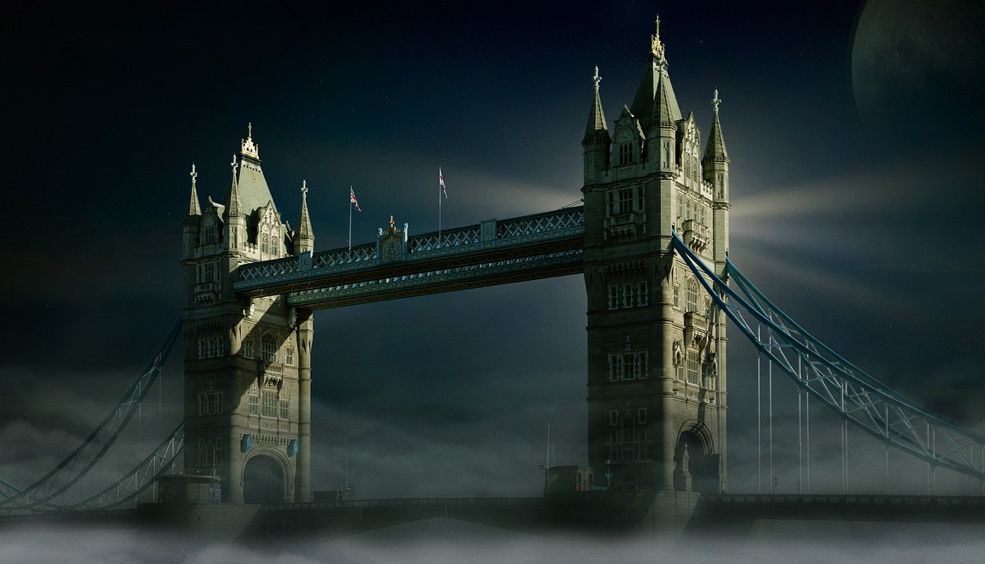Spend two hours in Nice
By Michael Schuermann from Easy Hiker
The French Riviera is best understood not as a region or an area but as a single town, a thin coastal strip of settlements never more than a kilometre deep that is stretched out over a distance of 50 miles, like an extruded French version of Los Angeles.
With two hours in Nice, the capital of the French Riviera, you can even play the game “which is which” – with Monaco standing in for Beverly Hills, Cannes rivalling Hollywood in movie star glamour and Menton probably coming closest to the more charming LA neigbourhoods such as Santa Monica or Venice.
And Nice, the largest town on the Côte d’Azur, would undoubtedly be the equivalent of downtown L.A.
If you are an American, you would probably find nothing strange about visiting the French Riviera without going to see its “capital” at least once. I have a friend who lived in LA for five years and had never once been to the downtown area. For Europeans like me, that is a strange, strange thought.
So we did go to Nice for a day-trip, and so should you if you can.
There are more glamorous towns along the coast, cuter ones too, but few that put all the things that make the French Riviera so great into a single, tight package: urbanity, openness, glamour, beaches. Nice has got it all.
Start at the train station, cross the road and head straight down the Avenue Durante to the beach promenade, ……
… the Promenade des Anglais, probably the most famous street along the Côte d’Azur. Take a brief turn to the right for a look at the Hotel Negresco and its famous pink cupola, rumoured to have been modelled after, ahem, les gazongas of the architect’s mistress (oh, the Belle Epoque!)…
… and the equally splendid Hotel Maison de la Mediterranee before turning back along the coast in the direction of the Old Town.
Key sites include the magnificent Opera on Rue Saint Francois de Paule …
… the Cours Saleya with its daily markets of flowers and antiques …
… and the atmospheric Place du Palais with the Palais Rusca, one of the town’s most famous landmarks.
Once you have explored the Old Town a little, it should be just about the right time for lunch. We suggest you go into one of the many shops that serve a local specialty called Socca, aromatic pancakes made from chickpea flour baked in a wood-fired oven. Served with nothing but a pinch of salt and pepper, it’s simply delicious.
If you have had any doubt as to whether Nice is an Italian town or not: Place Garibaldi with its colonnades and a statue of Italy’s national hero – who was actually born in Nice (when the town was still a part of Italy) –will provide you with all the evidence you need.
Walk from here to the Place Massena, another of the city’s main squares …
… and finally down Avenue Jean Medecin, the city’s main shopping street, back to the train station.
There are many sites for which you will not find the time within a two hour visit, such as the famous orthodox church (you will get a tempting glimpse when you depart or arrive by train), but you can always come back, of course. We know that we certainly will.
By Michael Schuermann from Easy Hiker
Why not take a trip to Nice? Have a look at our flights here!
more info
What makes Barcelona so family-friendly?
Plenty of things to do with children, such as the Poble Espanyol, Parc de la Ciutadella, L’Aquàrium Barcelona… the list goes on and on. But it's also a city designed to be enjoyed as a family, with hundreds of restaurants to please the tastes of adults and children alike. Plus, the size of the city means that it's easy to get around, whether by public transport or even on foot.
more infoEnjoy the spookiest Halloween ever. The best destinations in Europe!
Celebrate Halloween in one of the cities that we suggest in this post. If you love dark tourism and all things spooky, don’t miss these fang-tastic plans for 31 October (and the days around it!).
more infoAn eco-paradise called Asturias
Discover ecotourism in Asturias: bears, whales, fairytale forests and enchanting landscapes in a natural paradise. Adventure and nature in its purest form!
more info



